I’ve a bunch of Sanyo Cadnica cells of various capacities in my possession. Though they are a bit old they have never been used and are NOS. I’m currently trying to charge a KR-FH 7000mAh cell. As per the label on the battery(please see picture below) it says at 700mA it should be charged 14-16 hrs and at 233mA for trickle charge.
I’ve two questions:
Currently the battery voltage is 0.89V since it sat in storage for like 5-7 years. So, I assume I can set the bench power supply to 700mA current and voltage to 1.45V. My power supply is CV type. But what if the battery was around let’s sat 1.09V or something like that where it’s not fully discharged? I’m aware a fully discharged elk is 1.0V usually.
Is the tricky stage mandatory at 233mA after completing the 14-16hr charge at 700mA?
I’ve never manually charged a NiCD or NiMH cell. Only Lead Acid batteries so far. Usually the NiCD and NiMH batteries I’ve used at the AAA, AA and C type cells that have either it’s own automatic chargers. I do not have a charger for the 7,10 &20Ah cells. So manual charging is my only option for time being until I find something.
I’m hoping to get some expert opinions from you guys.

